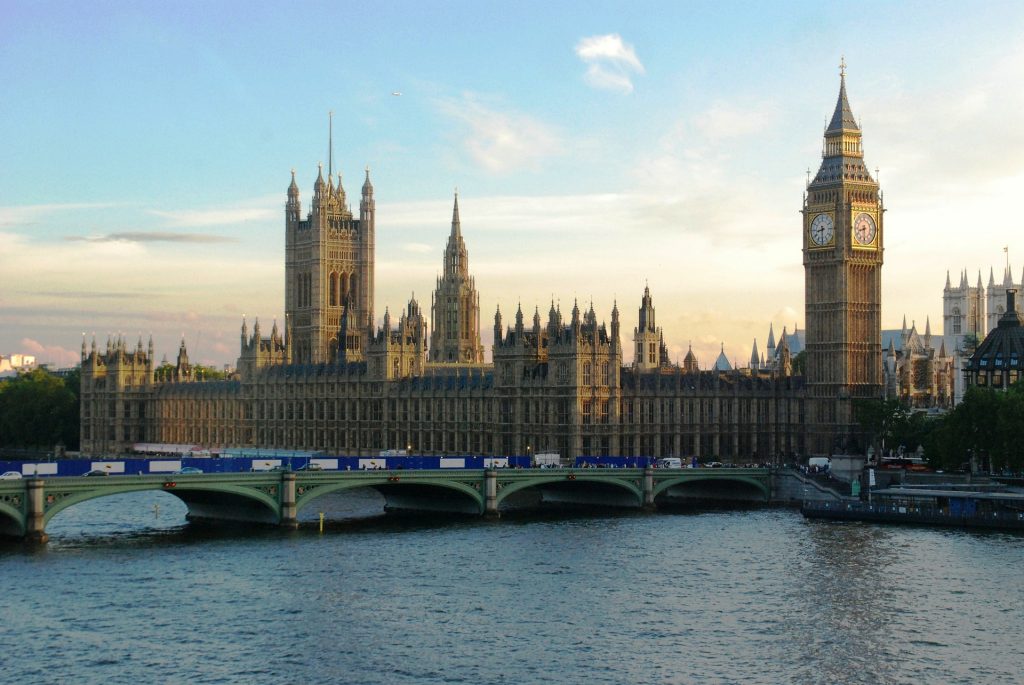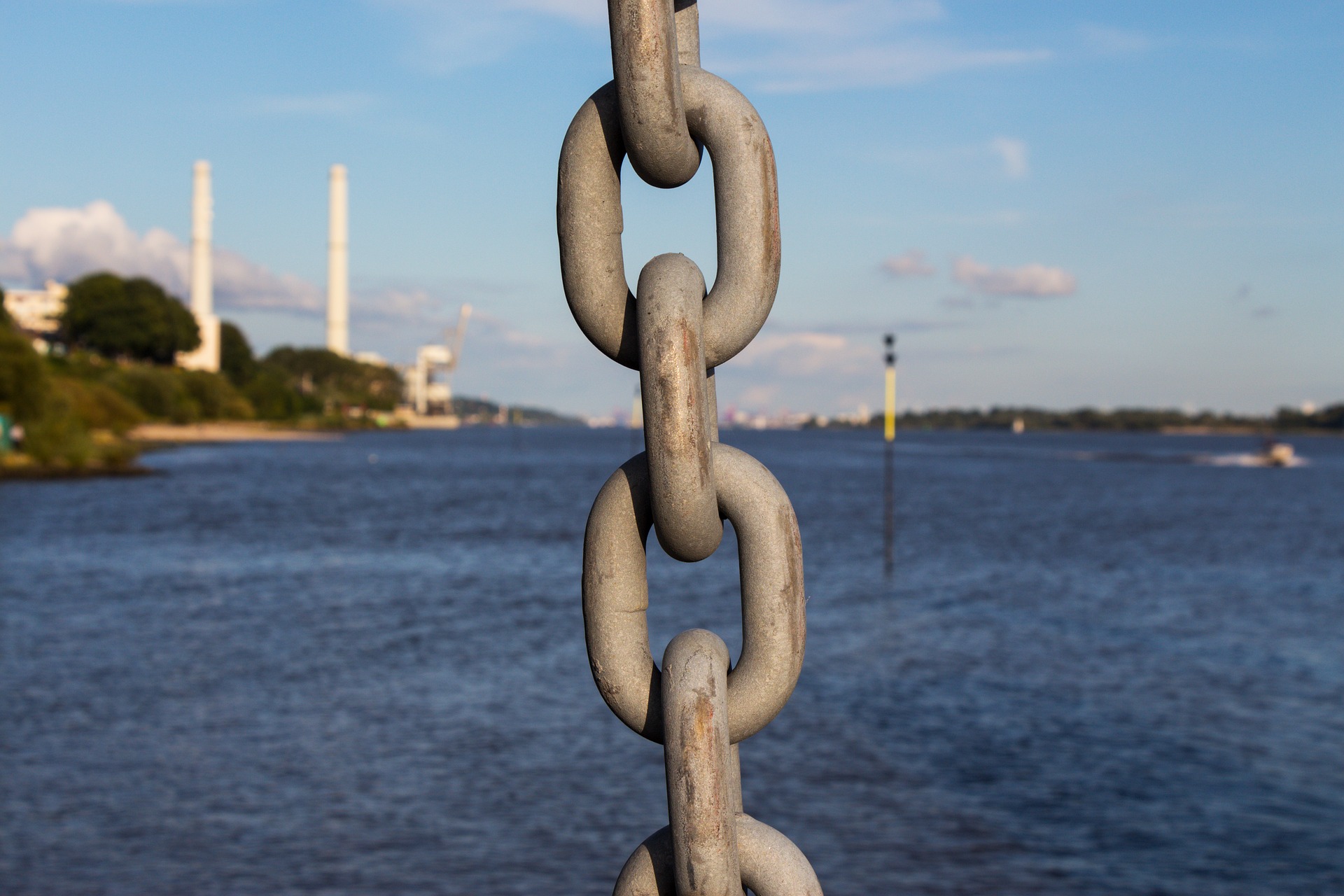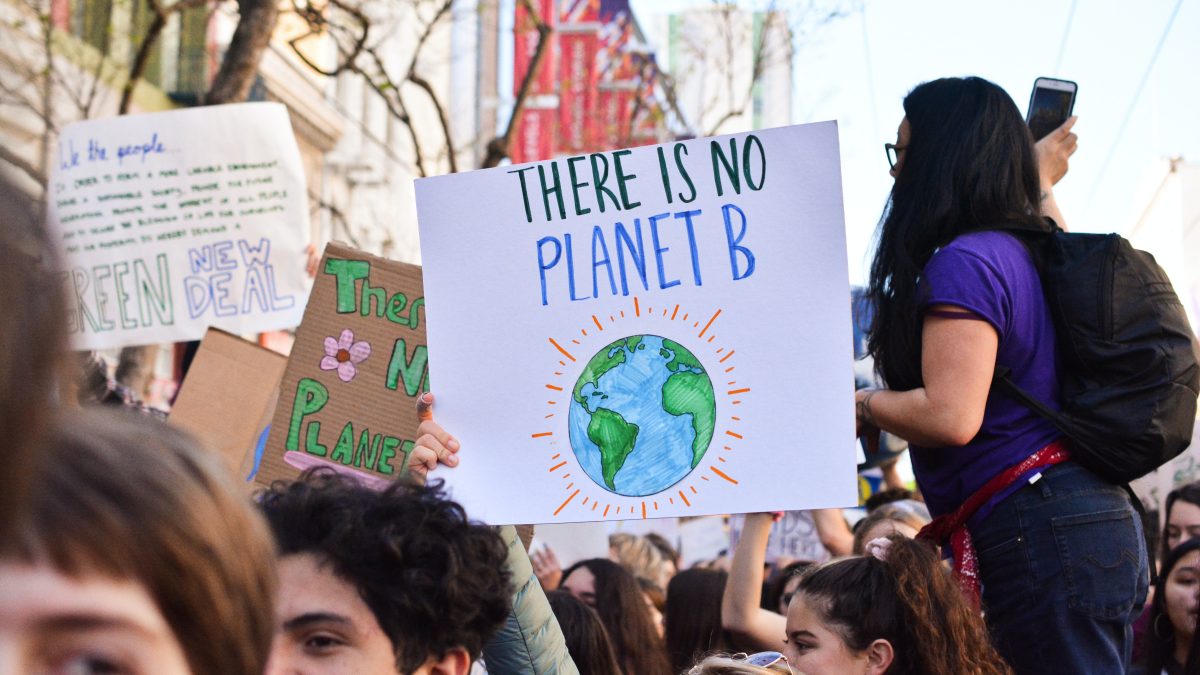
Clear the Lobby: What Laws are MPs voting on this week? W/C 19th September 2021
September 19, 2021
North Sea Link: Linking for Combined Success
September 27, 2021Article by Trinity Batt
Climate Change
In recent months it has become apparent that the planet is facing the consequences of our actions. With respect to the environment, one only has to look to events occurring around the world over the past few weeks to recognise the growing damage being caused. For example, in July there were severe floods in Germany due to extreme rainfall. This includes areas of Western Germany in which daily rainfall exceeded that of average rainfall for an entire month. There are hundreds of people missing and injured and the death toll has risen to nearly 200. Towards the end of July in China there was also flooding due to record levels of rainfall which caused over 300 fatalities. Another example includes the wildfires in Canada which it has been facing throughout the summer.
However, it is important to note that it may not be possible to attribute all of these events entirely and directly to climate change. This is particularly true in regard to flooding or extreme rain. There is the opinion that while the severity of weather disasters is increased by climate change, other factors may have caused them to occur. For example, in Germany the floods are understood to have been the result of a low pressure system. In Canada, the cause of wildfires is more commonly attributed to lightning than human-caused climate change. The Yellow River Basin in China is understood to have river systems which often flood and dam constructions and water systems which could have contributed to the flooding. This might suggest that it is necessary for governments to also focus on developing warning systems, response systems and strengthening infrastructure in consideration of these other contributing factors. An approach which prioritises defence in addition to reducing emissions is increasingly referred to among climate scientists.
However, while it may not be possible to directly attribute any single event to climate change, there is a general consensus that whether as the main cause or contributing factor, climate change is increasing the frequency and severity of disasters. For example, the extreme heat in Canada was referred to as ‘virtually impossible without human-caused climate change’ according to climate change scientists. The frequency and magnitude of these occurrences in conjunction with comments made that it is surprising how soon we are seeing the effects of climate change, suggests a need for improvement more quickly than is currently being achieved. Moreover, the urgency of the issue and the ability of countries to respond to the severe weather events has meant it is now being questioned if we have time at our disposal to work to reduce the potential effects of climate change. It is the opinion of some that instead of solely focusing on improving emissions, it is crucial that efforts are now diverted to strengthening response and warning systems as well.
Global steps involved in improving emissions
The concern over what further implications rising global temperatures may cause has seen the creation of various different agreements and pacts to reverse or slow this increase.
For example, the Paris Agreement launched in 2016 with the involvement of 196 parties sets out to keep the global temperature increase below 2 degrees celsius on account of the drastic changes and effects which a temperature rise over 3 degrees celsius could cause. Out of this agreement many countries have established their own targets and solutions in adherence to achieving this goal. An example includes the introduction of carbon markets to reduce greenhouse gas emissions. Although, the general outlook currently is that efforts to reduce emissions and limit global warming are too slow to accomplish the goals set out. For example, regarding the carbon markets being used to reduce climate change, the EU Emissions Trading Scheme established in 2005 is still experiencing teething problems and China has just recently launched its national carbon market. The large-scale nature of the projects involved in reducing climate change mean that they will take a substantial amount of time to produce the results aimed for in treaties and pacts like the Paris Agreement. One may argue that on account of the increased frequency of weather disasters and rapidly rising temperatures, such efforts, while still needed, are not enough to protect from damage that at this stage may be inevitable.
Adaptation and Mitigation
The question then turns to how countries will prepare for the outcomes of climate change when it is uncertain what these outcomes will be. An example of climate change adaptation includes managing the risk of flooding. This might include systems for warning, flood defence and risk management. Projects like the Thames Estuary Plan and Venice’s flood defence system MOSE are examples of the types of contingency plans which may become more widely implemented. The estimated cost for the Thames Estuary Plan in 2010 was £3.3 billion and this estimate has since risen and MOSE cost 7 billion euros. The high cost of climate change adaptation strategies highlights the importance of developed countries honouring their promises, such as those under the Paris Agreement, to assist developing countries with respect to climate adaptation and mitigation. This is on account of two factors. Firstly, the threat which climate change may pose may be greater overall if promises to reduce emissions are not honoured by developed countries. Therefore, developing countries may experience even more damage than developed countries with climate change adaptation strategies in place. Secondly, developing countries also may struggle to implement such strategies without the financial assistance of developed countries. Therefore, financial promises would also need to be honoured under the Paris Agreement. However, it also appears that developed countries themselves are only now beginning to recognise the importance of defence against the changes to come.
With time, new agreements are likely to be made and potentially they will have a greater focus on contingency plans. It may no longer be sensible to ask the question of whether we have time to save the planet or if we should be looking for Plan B, rather: why we are not doing both?





